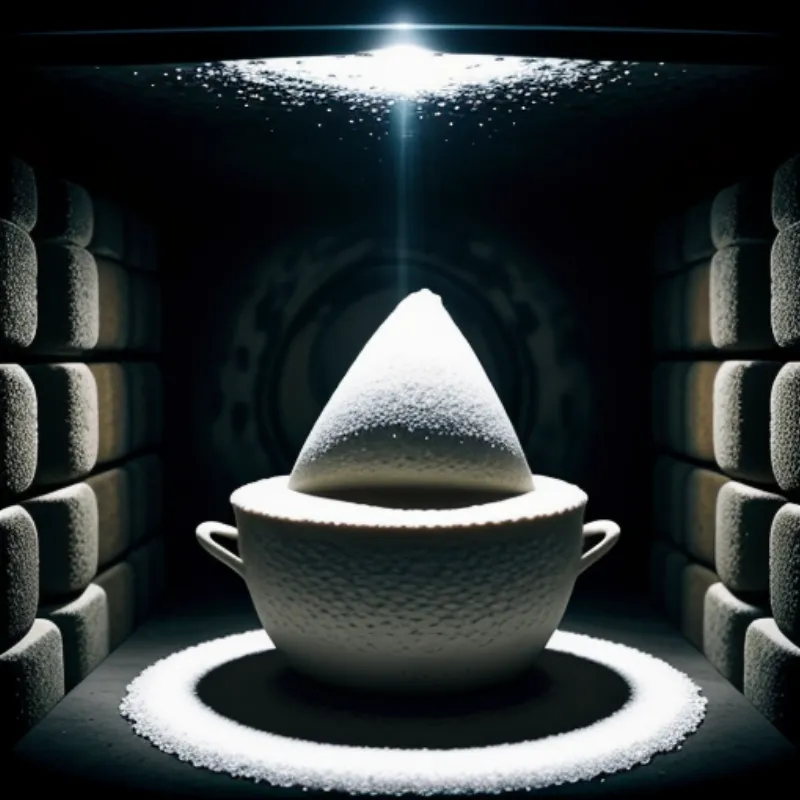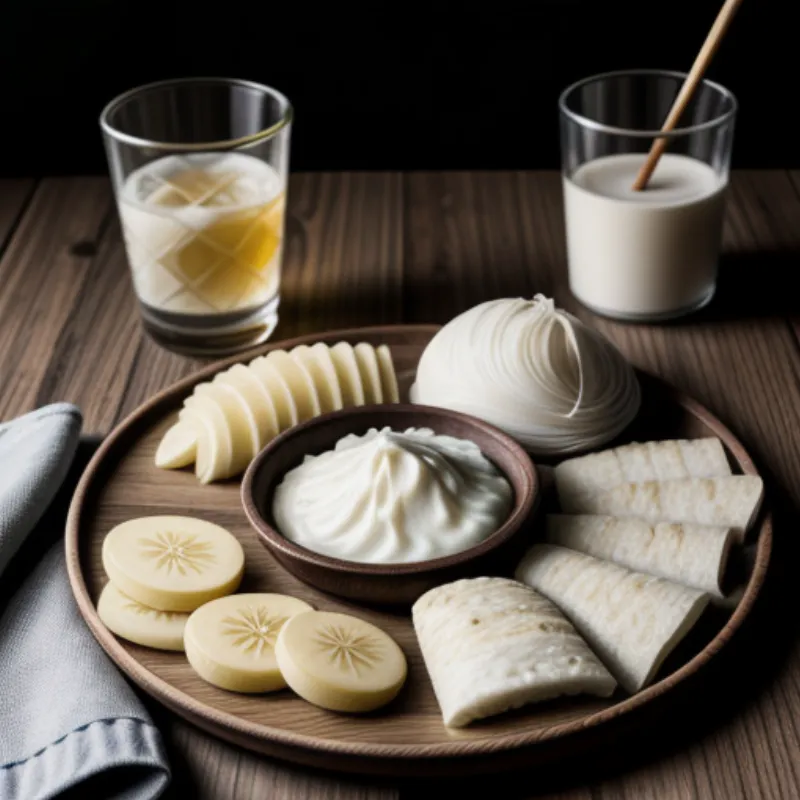Rakfisk, a traditional Norwegian fermented fish dish, might sound intimidating at first, but for adventurous food lovers, it’s a unique culinary experience. Imagine a depth of flavor unlike anything you’ve ever tasted, a testament to the patience and artistry of fermentation. This guide will walk you through the steps to creating your own rakfisk at home.
A Journey into the World of Rakfisk
Rakfisk, which translates to “soaked fish,” has roots that stretch back centuries in Scandinavian culture. It’s more than just a dish; it’s a connection to heritage and tradition. Traditionally made with freshwater fish like trout, char, or grayling, rakfisk gets its distinct pungent aroma and complex flavor from a months-long fermentation process.
“Making rakfisk is like conducting a flavor orchestra,” says Chef Lars Haugen, a renowned Norwegian chef specializing in traditional Nordic cuisine. “You’re working with time, natural bacteria, and high-quality fish to create a symphony of taste.”
Gathering Your Ingredients for Rakfisk
Making rakfisk requires just a few simple ingredients, but each one plays a crucial role in the fermentation process:
- Fresh Fish: 2 kg (4.4 lbs) of trout, char, or grayling, cleaned and scaled (Traditionally, freshwater fish are used).
- Salt: 150g (¾ cup) non-iodized salt.
- Sugar (Optional): 1 tablespoon, if desired for a slightly milder flavor.
Tools for the Task
- Large non-reactive container: A food-grade plastic bucket or a ceramic crock works well.
- Weight: A plate or a similar object to weigh down the fish during fermentation.
- Cheesecloth or muslin cloth: To cover the container and allow for airflow.
- Rubber band or string: To secure the cheesecloth.
The Art of Making Rakfisk: Step-by-Step
-
Preparing the Fish: Rinse the cleaned fish thoroughly under cold water. Pat dry with paper towels.
-
The Salt Cure: In a large bowl, combine the salt and sugar (if using). Rub this mixture generously all over the fish, both inside and out. Ensure the fish is evenly coated.
-
Layering for Fermentation: Place a layer of the salt mixture at the bottom of your chosen container. Arrange the fish in a single layer on top, ensuring they are not overlapping. Cover the fish with another layer of salt. Repeat this layering process if you have more fish.
-
Weighing Down the Fish: Place a plate or a suitable weight on top of the fish to press them down firmly. This will help draw out moisture and create the right environment for fermentation.
-
Fermentation Time: Cover the container with cheesecloth or muslin cloth and secure it with a rubber band or string. Store in a cool, dark place (ideally 4-8°C or 39-46°F) for at least 8 weeks, and up to 6 months for a stronger flavor.
-
Checking on Your Rakfisk: During the fermentation period, check on your rakfisk every couple of weeks. You might notice a brine forming—this is normal.
 Rakfisk Fermenting
Rakfisk Fermenting
Mastering the Rakfisk Technique: Tips & Notes
- Freshness is Key: The quality of your rakfisk hinges on the freshness of the fish. Look for fish with clear eyes, shiny skin, and a fresh, mild scent.
- Salt Precision: Using the correct amount of salt is vital for both flavor and food safety. Too little salt can lead to spoilage, while too much can make the rakfisk overly salty.
- Temperature Control: The ideal fermentation temperature is between 4-8°C (39-46°F). Fluctuations can impact the fermentation process and the final taste of your rakfisk.
Serving and Enjoying Your Rakfisk
Rakfisk is traditionally served with:
- Lefse: A traditional Norwegian soft flatbread.
- Boiled Potatoes: A hearty accompaniment to the rich flavor of the fish.
- Raw Onions: Thinly sliced raw onions provide a sharp contrast to the fermented fish.
- Akvavit: A traditional Scandinavian spirit, often served chilled.
 Rakfisk Platter
Rakfisk Platter
Frequently Asked Questions about Rakfisk
Q: How do I know if my rakfisk is safe to eat?
A: While the aroma of rakfisk is pungent, it shouldn’t be overwhelmingly foul. The fish should have a soft, slightly translucent texture. If you notice any mold, discoloration, or an off-putting smell, it’s best to discard it.
Q: Can I use a different type of fish?
A: Traditionally, freshwater fish like trout, char, or grayling are used. However, you can experiment with other fatty fish, but be sure to research appropriate salt ratios and fermentation times.
A Culinary Adventure Awaits
Making rakfisk is a journey into the heart of traditional Norwegian cuisine. While it requires patience and a bit of a daring palate, the reward is a taste experience unlike any other. So, gather your ingredients, embrace the process, and enjoy the unique flavors of this ancient delicacy.
